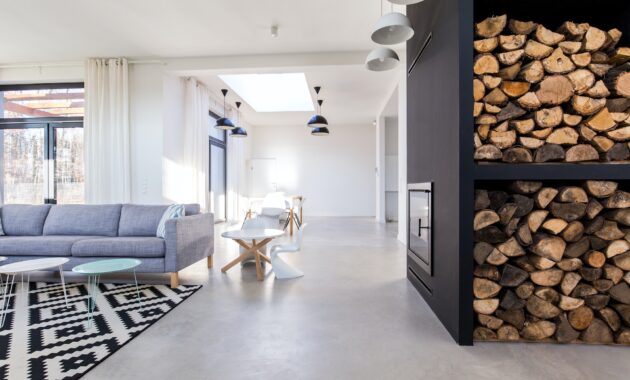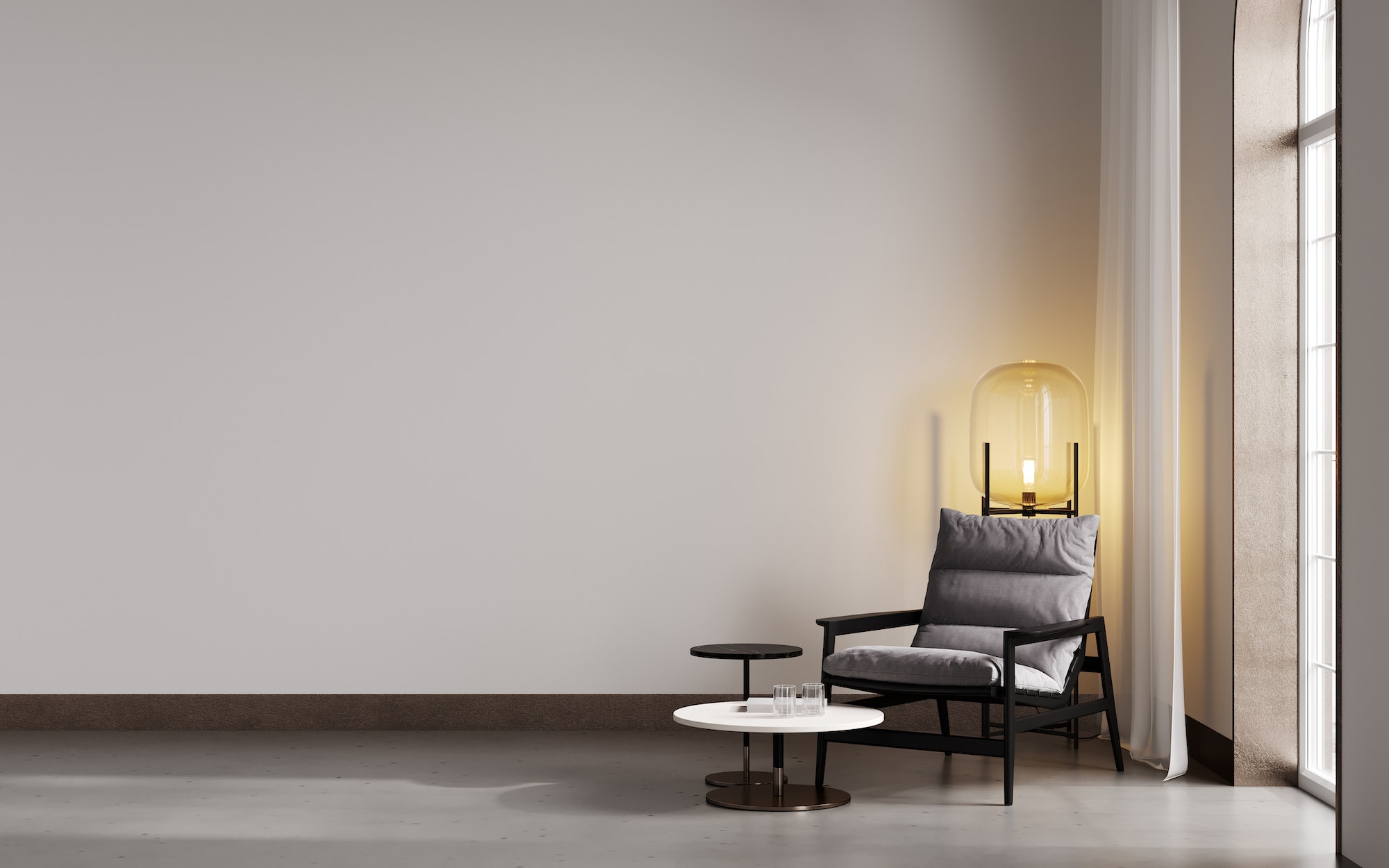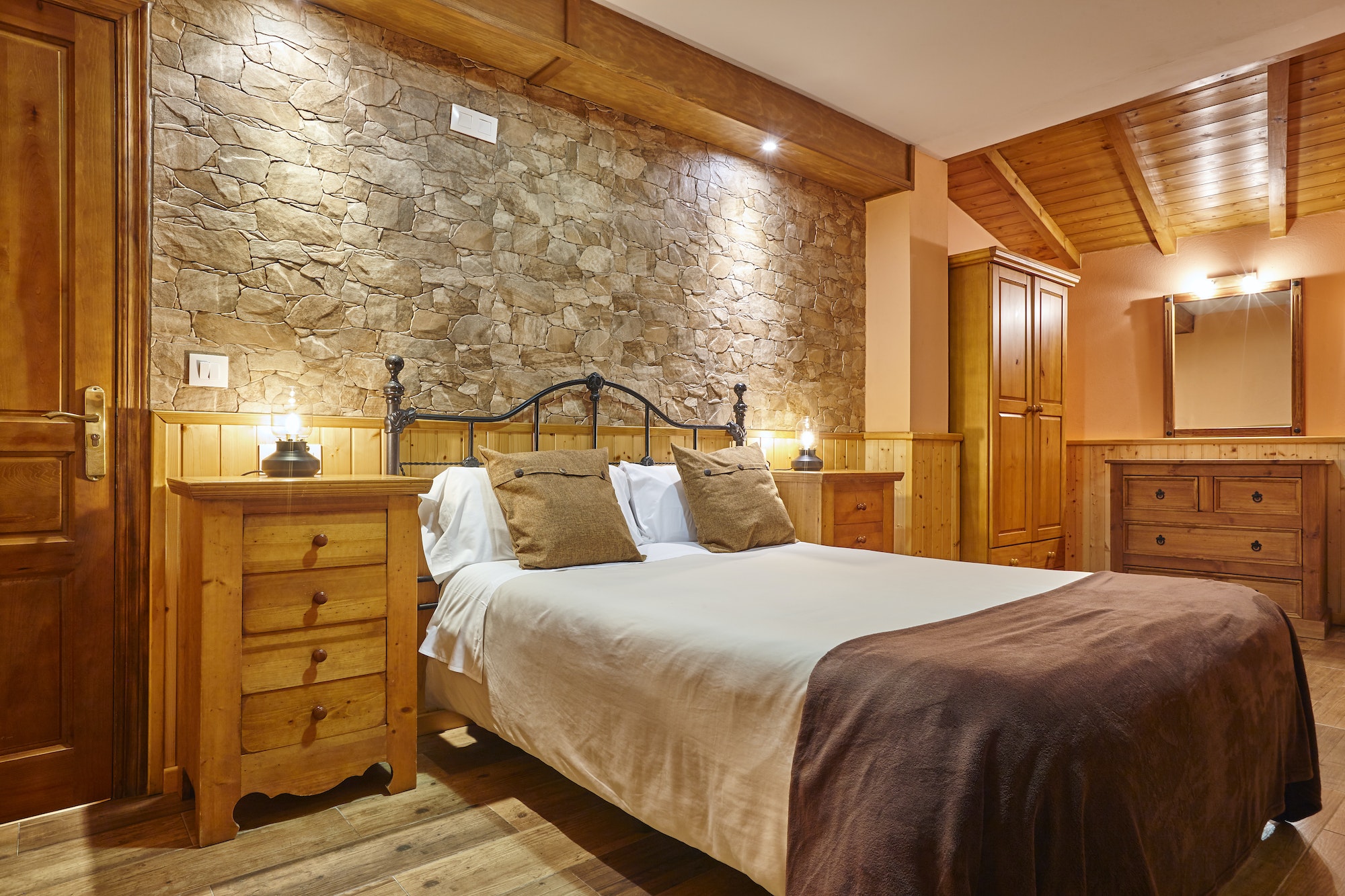Renovating your living or work space often involves dealing with concrete floors that have seen better days. Whether they’re chipped, uneven, or simply looking worn out, there’s no need to replace them entirely. With the right tools and techniques, you can resurface a concrete floor, restoring its beauty and durability. This guide is intended to walk you through the process of resurfacing a concrete floor easily and efficiently, ensuring your renovated space starts on a solid foundation.
Assessing the Condition of Your Concrete Floor
Before you begin the process of resurfacing concrete, it is important to assess the condition of your floor. Look for areas that are cracked or damaged and mark them off with tape. Note any areas where previous patches have been located and measure the depth and width of any existing cracks. If you see any signs of mold or mildew, it is important to treat the area before starting your resurfacing project. You want to make sure that any underlying issues are addressed and do not worsen the condition of your floor. Whether you are doing the work yourself or hiring a professional, this assessment will provide important information about what needs to be done.
Prepping the Concrete Floor for Resurfacing
Once you have assessed the condition of your concrete floor, it’s time to begin prepping it for resurfacing. Start by sweeping and vacuuming away all dirt and debris. Then use a stiff-bristled brush to scrub away any remaining dirt and grime. For larger cracks and chips, use a putty knife to scrape away any loose pieces. Finally, apply an appropriate concrete primer to the entire surface of the floor before resurfacing. If you are using a concrete patching material, make sure to apply it according to the manufacturer’s instructions. You want to create a smooth, even surface that is ready to be resurfaced.
Using the Right Tools for Resurfacing Concrete
When resurfacing concrete, it is important to use the right tools. A high-quality concrete grinder is a must-have for this project. This tool will help you prepare the surface of your floor before applying the resurfacing material. You may also want to invest in shot blasters to remove any imperfections and create a smoother surface. Additionally, you will need different types of rollers and brushes for applying the resurfacing material. When choosing these tools, make sure they are of high quality and suited to the type of concrete you are resurfacing.
Applying the Resurfacing Material

Now that your floor is prepped and you have the right tools, it’s time to start applying the resurfacing material. Start by mixing your chosen product with water, following the manufacturer’s instructions. Once it is applied, use the rollers and brushes to spread it evenly across the surface of the floor. Make sure that you are working in sections and that each section has been completely covered before moving on to the next one. If needed, use a trowel to flatten any ridges or bumps.
Finally, allow the resurfacing material to dry completely before walking on it. The drying process can take up to 24 hours, so make sure to plan ahead. Place furniture and other items on top of your newly resurfaced surface only after it is completely dry, and avoid dragging heavy objects across the floor.
Finishing Touches for a Professional Look
Once the resurfacing material has dried, you can add any finishing touches to give your floor a professional look. You may choose to apply an epoxy sealant or paint your floor in order to protect it and enhance its visual appeal. If you plan on painting, make sure that you use a product that is designed for concrete and will withstand the wear and tear of daily use. With these simple steps, you can easily resurface your concrete floor without breaking the bank.
Even more so, you can add color and texture to your space with a range of decorative concrete resurfacing options. From stamped patterns and stenciled designs to creative finishes and colored aggregates, you can customize the look of your floor in any way you like.
Maintaining Your Newly Resurfaced Concrete Floor
To keep your newly resurfaced concrete floor looking its absolute best, maintenance is key. Start by sweeping and vacuuming regularly to banish dirt and debris from its surface. Once a week, indulge your floor with a gentle mopping using a damp cloth. For stubborn stains and grime, unleash the power of an appropriate concrete cleaner. Just remember to read the manufacturer’s instructions before applying any cleaning products and steer clear of harsh chemicals. Knowing that your floor is protected and well-maintained will give you the peace of mind that it will stay in top condition for years to come.
Resurfacing a concrete floor is an efficient and cost-effective way to renew your living or workspace without the heavy expenses and time commitment of complete replacement. From assessing the condition of your old floor, through careful preparation, and using the right tools and materials, to applying finishing touches and maintaining your new surface, each step is pivotal to the end result. With the right approach, not only can you restore the durability and functionality of your floor, but you can also enhance its aesthetic appeal, adding value to your property. Remember, the beauty and longevity of your resurfaced concrete floor largely depend on the care and attention you provide it.
Discover more from Futurist Architecture
Subscribe to get the latest posts sent to your email.




